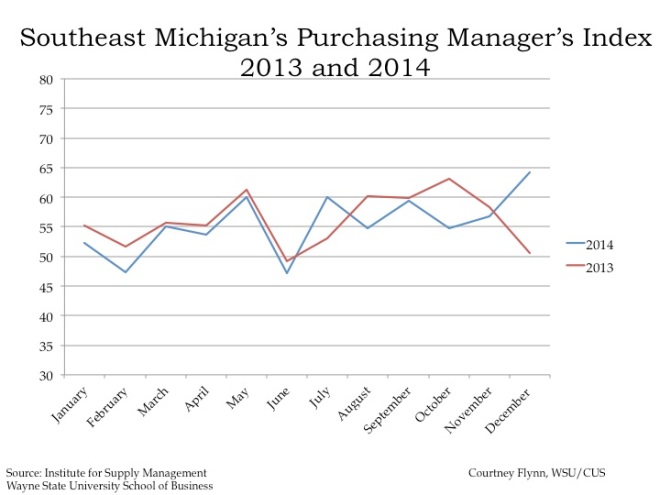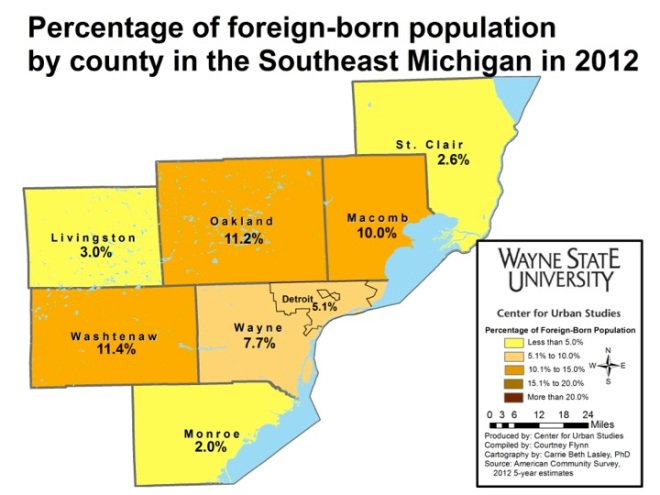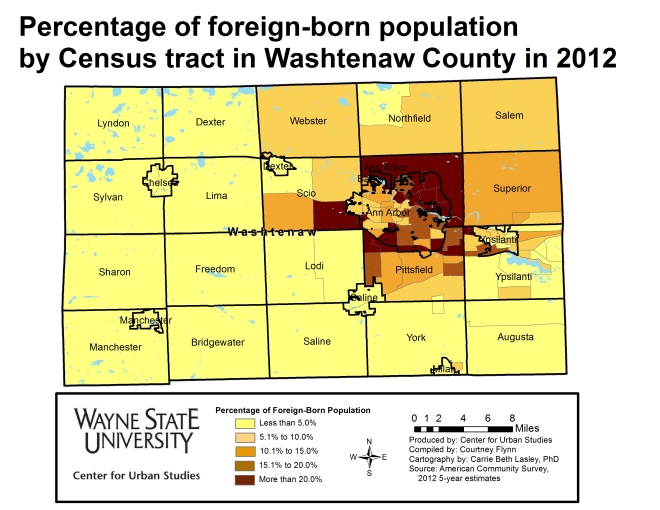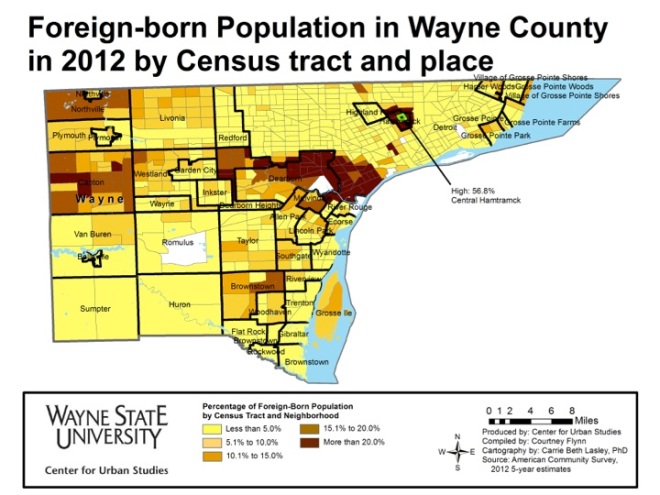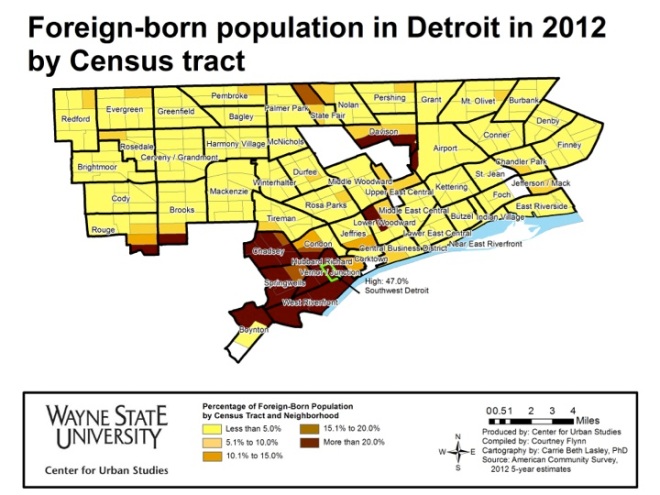Today kicks off “March is Reading Month” and with that comes a focus on the foundation that proficient reading skills can provide a person. A great deal of attention by educators and policymakers is often placed on third grade reading levels because experts believe a child’s ability to read at that time in their life can be a crucial indicator for their future success.
Additionally, in Michigan, Gov. Rick Snyder announced during his State of the State Address a $468 million proposal meant to increase reading proficiency in the State of Michigan. Part of this proposal includes a reading proficiency test for third-graders to better determine how their cumulative instruction has affected their reading skills, which would be separate than the Michigan Education Assessment Program (MEAP). However, the Governor has yet to release all the details behind this plan but in spring of this year we do know that the Michigan Test of Education Progress will replace the MEAP.
Currently in the State of Michigan, the Michigan Education Assessment Program (MEAP) is used to determine how students in grades three through 11 measure up to the educational expectations set by the State Board of Education. For all grade levels the state’s goal is to have 80 percent of all of Michigan’s third-graders reading at a proficient level, according to the State of Michigan.
With the extra attention currently being placed on reading proficiency in the State of Michigan, we chose to examine the percent of third and fourth-grade students who were deemed proficient on the MEAP reading exams in 2013-2014. The MEAP tests are given in the fall of every academic year, so we show both the third and fourth-grade reading proficiency percentages to provide readers a better understanding of where students’ reading skills, in accordance with state standardized testing levels, were at the beginning and end of third and fourth grade. On the state’s education website, mischooldata.org, fourth-grade reading MEAP scores are used on the dashboard for each school as a student outcome measure.
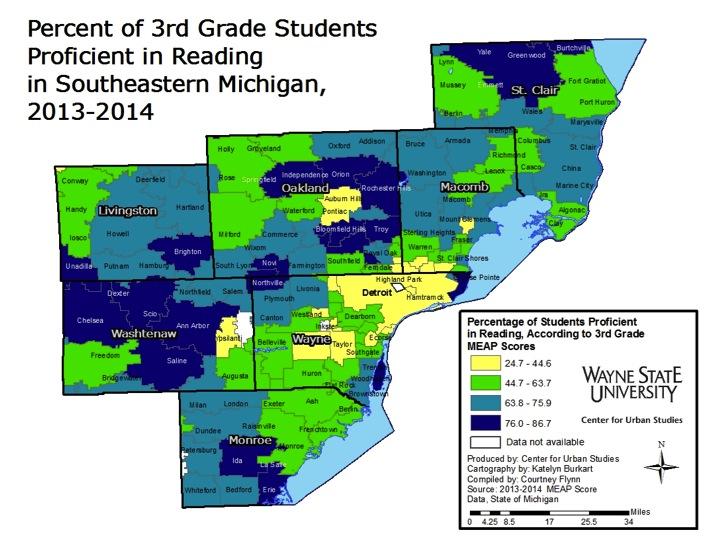
For the 2013-14 school year, 61.3 percent of Michigan’s third-graders were deemed proficient in reading. When looking at this map we see several pockets of school districts where third-graders either performed at this level or below. In total, there were 53 school districts where less than 61.3 percent of the third-grade students were deemed proficient in reading. According to the Michigan Department of Education proficiency levels for the 2013-14 MEAP exam are determined as follows: “the 2011-2012 proficiency rate for each school and district in every subject [is] subtracted from the end 85 percent proficiency target rate for the 2021-2022 school year. That number [is] then divided by ten (the number of years between the 2011-2012 and 2021-2022 school years) to determine the annual increment for the subject target rate. This increment is added to the 2011-2012 subject proficiency rate and then again each year leading up to the 2021-2022 school year.” The proficiency rate varies from district to district but the percent deemed proficient, which is shown in the maps in this post, presents the percentage of students we met these standards.
Pontiac School District in Oakland County had the lowest percentage of third-graders who met the proficiency standards at 25.7 percent. Detroit City School District had the eighth lowest percentage at 35.3 percent.
On the opposite end of the spectrum during the 2013-14 school year, Grosse Ile Township Schools had the highest percentage of third-graders deemed proficient on the reading portion of the MEAP; 86.7 percent of those students were considered proficient.
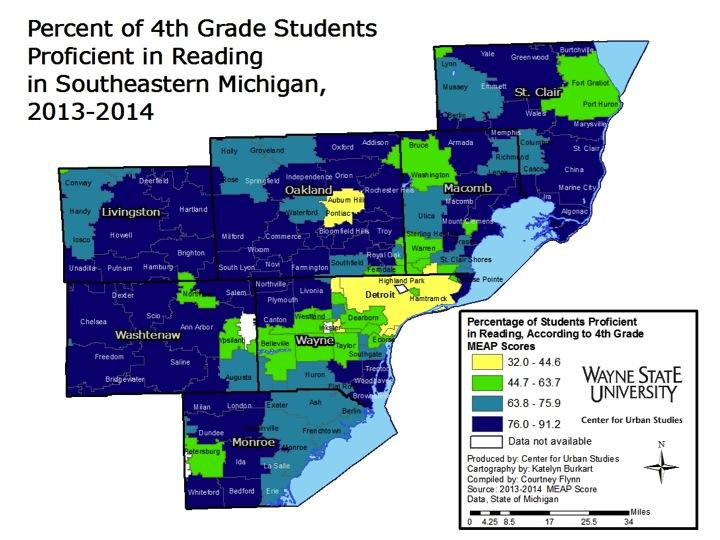
Seventy percent of Michigan fourth-graders were deemed proficient in the 2013-14 school year on the MEAP reading examination. In total, there were 49 school districts below the state’s proficiency level during the time frame examined.
Again, the Pontiac School District had the lowest percentage of students deemed proficient in reading in the region (32%). The Detroit City School District had the sixth lowest percentage of all the districts in the region, with 42 percent of its students meeting the proficiency level.
Northville Public Schools had the highest percentage of students who met the reading proficiency levels (91.2%). Grosse Ile Public Schools came in third in the region, with 90.3 percent of their fourth-graders meeting proficiency levels.



